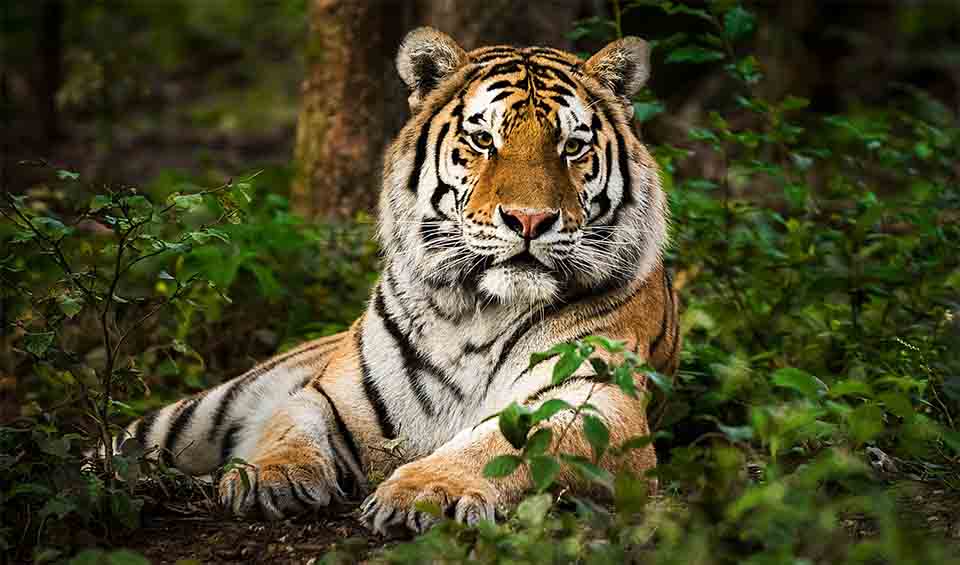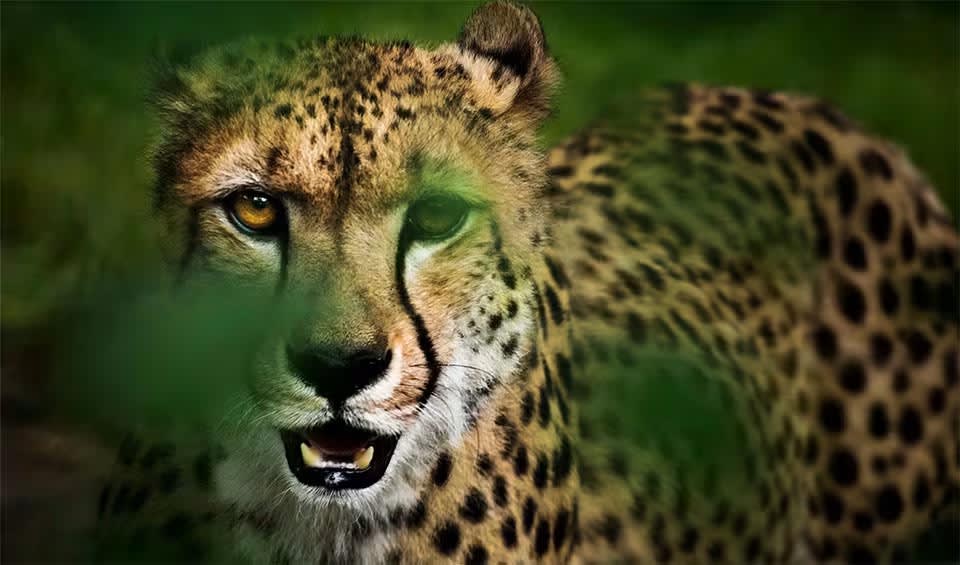Meet the smallest canid in South America – Darwin’s fox! At first glance, this small predator, with its soft gray-black fur and expressive eyes, might look like a cuddly woodland creature, but don’t let its charming appearance fool you. Darwin’s fox is a skilled hunter. Despite its petite size, it is remarkably agile and stealthy, able to catch a variety of prey, including rodents, birds, insects, reptiles, and even fruit, when the opportunity arises. This dietary flexibility helps it survive in its unpredictable environment.
Named after Charles Darwin, who first encountered the species in 1834 during his voyage on the HMS Beagle, the fox has become a symbol of Chile’s fragile ecosystems. Darwin’s fox is primarily found in two isolated areas: the temperate rainforests of Chiloé Island and a small section of mainland Chile, in the Nahuelbuta National Park. These misty, dense forests with towering trees and thick undergrowth are essential for the fox’s survival, offering both food and protection.
One of the fascinating things about Darwin’s fox is its secretive and nocturnal lifestyle. It is rarely seen during the day, preferring to roam at night under the cover of darkness. Unlike some other fox species, Darwin’s fox is not very territorial and tends to roam alone or in small family groups.
Sadly, this rare fox is classified as endangered, with fewer than 1,000 individuals left in the wild. Habitat loss due to logging, farming, and road construction has greatly reduced the areas where they can live safely. Additionally, invasive species such as the American mink and domestic dogs pose serious threats by either preying on the foxes or spreading diseases.
Distribution
 Chile
Chile Chile
ChileAnything we've missed?
Help us improve this page by suggesting edits. Glory never dies!
Suggest an editGet to know me
Terrestrial / Aquatic
Altricial / Precocial
Polygamous / Monogamous
Dimorphic (size) / Monomorphic
Active: Diurnal / Nocturnal
Social behavior: Solitary / Pack / Herd
Diet: Carnivore / Herbivore / Omnivore / Piscivorous / Insectivore
Migratory: Yes / No
Domesticated: Yes / No
Dangerous: Yes / No




